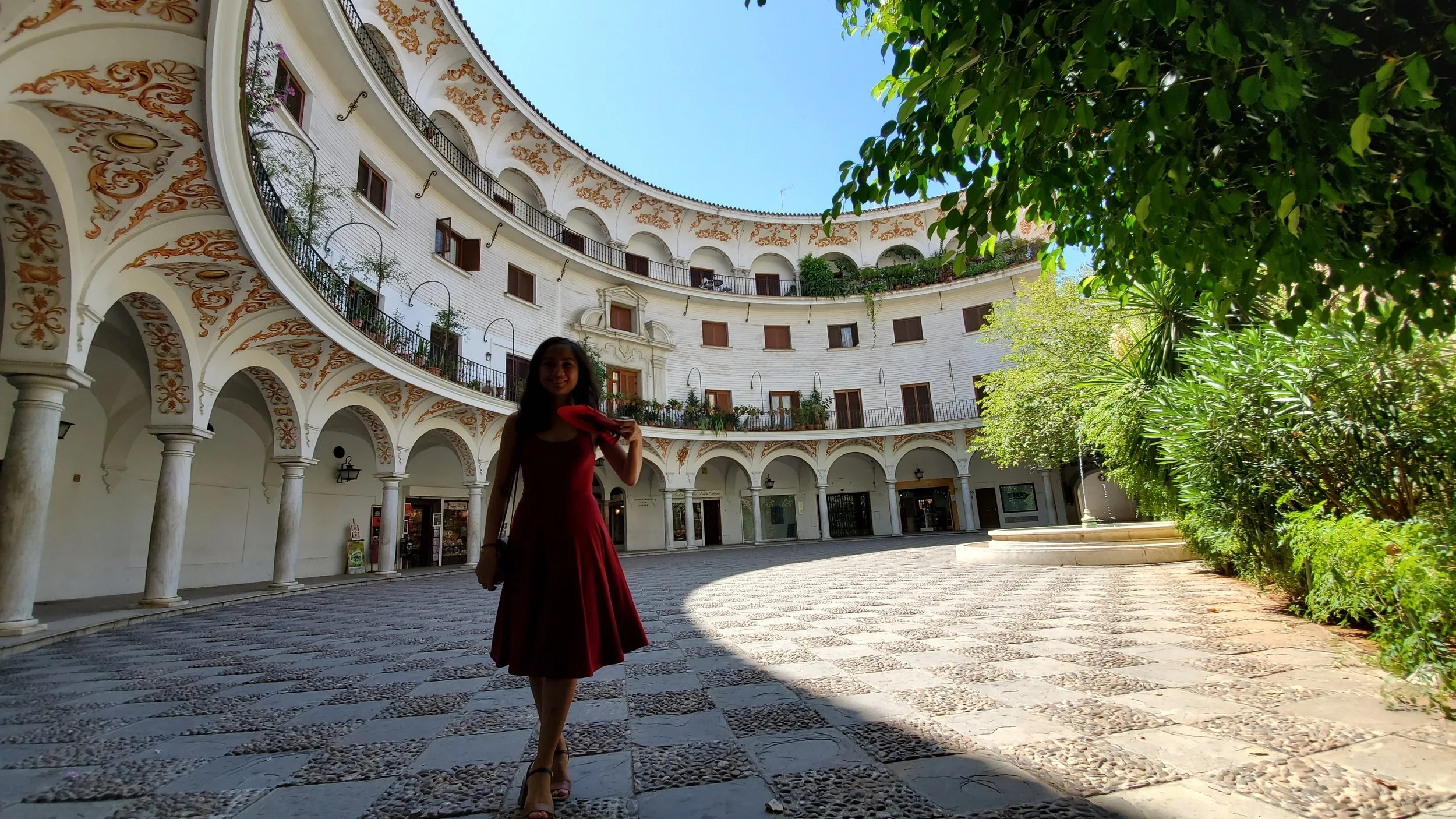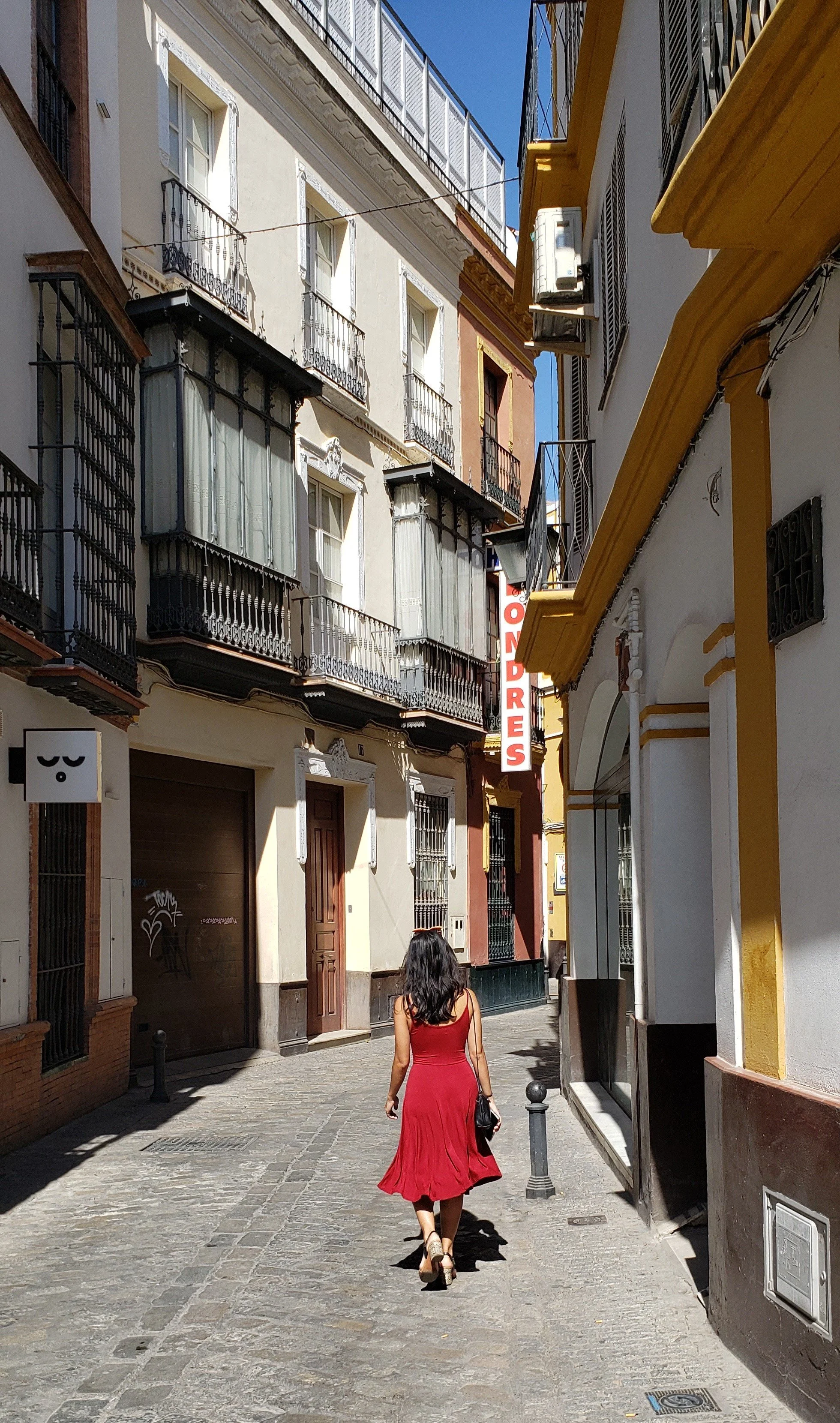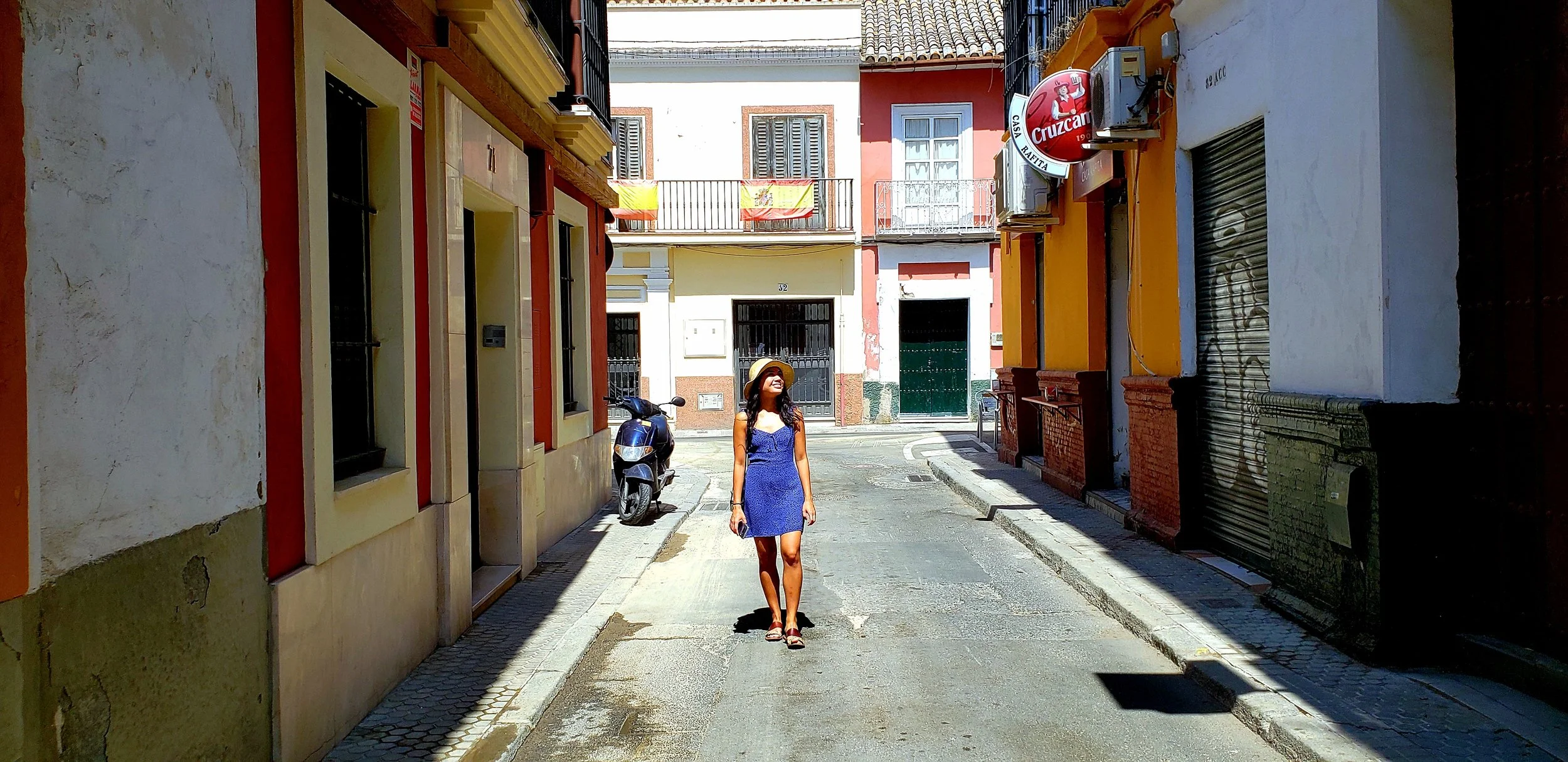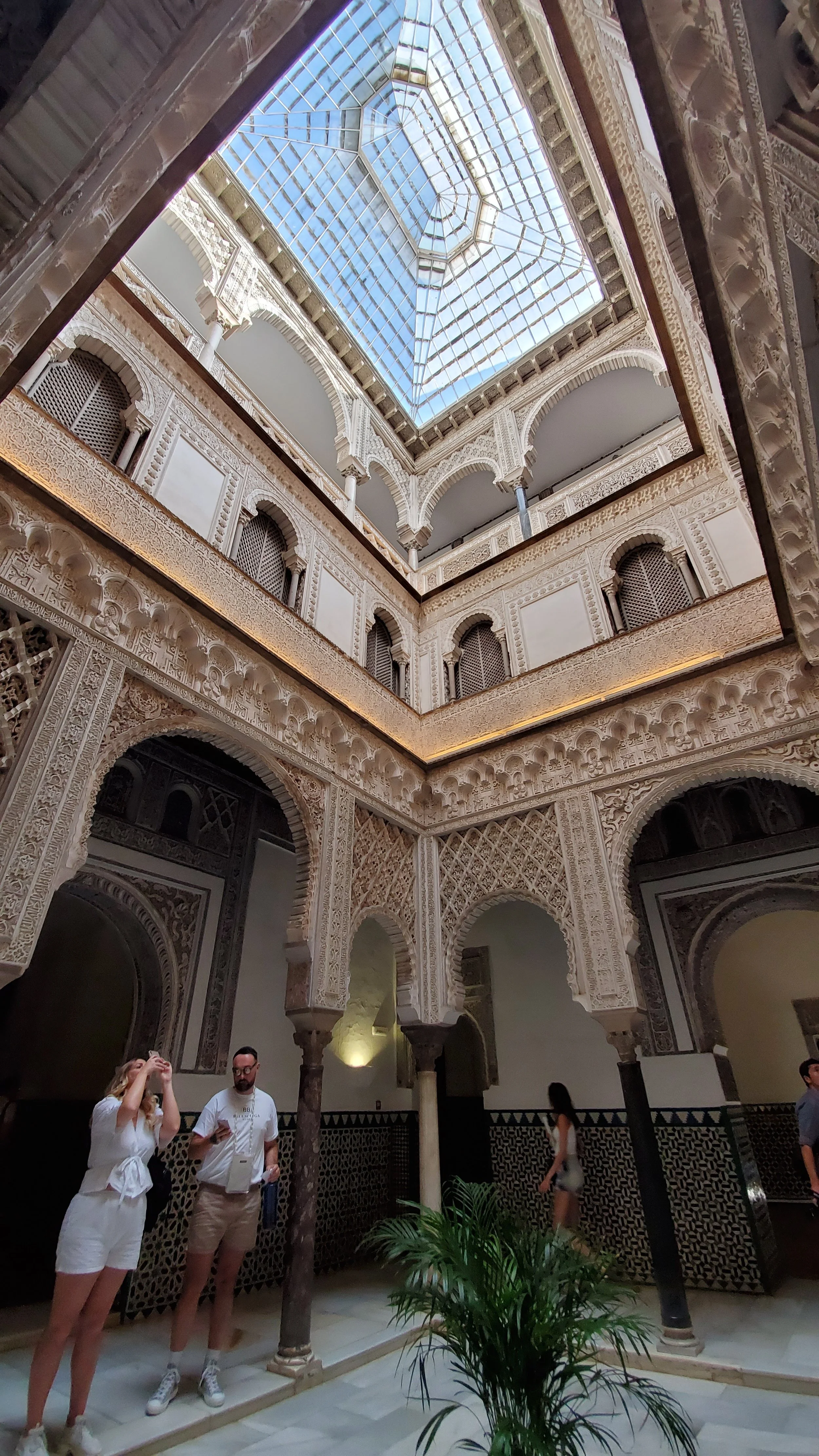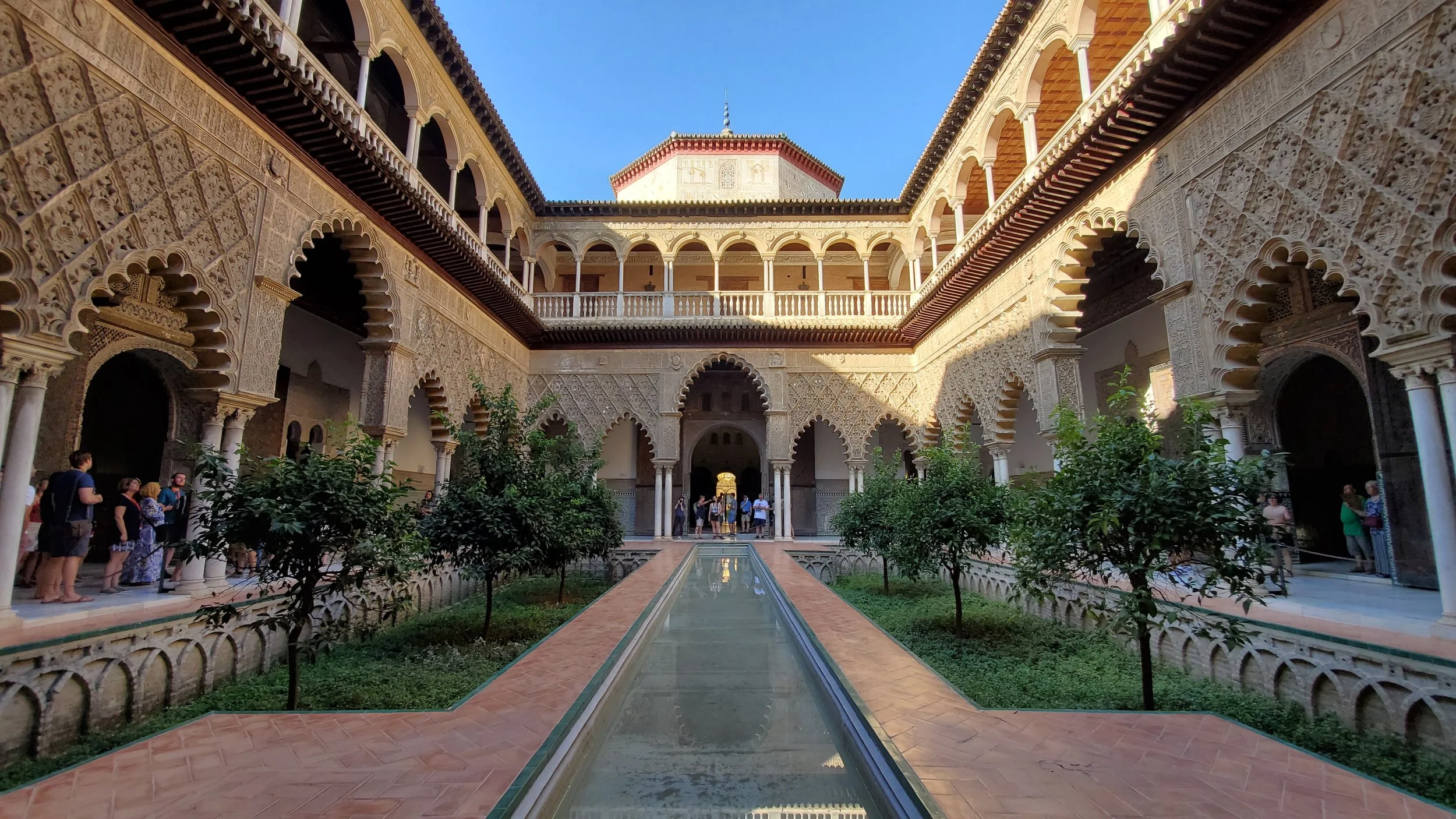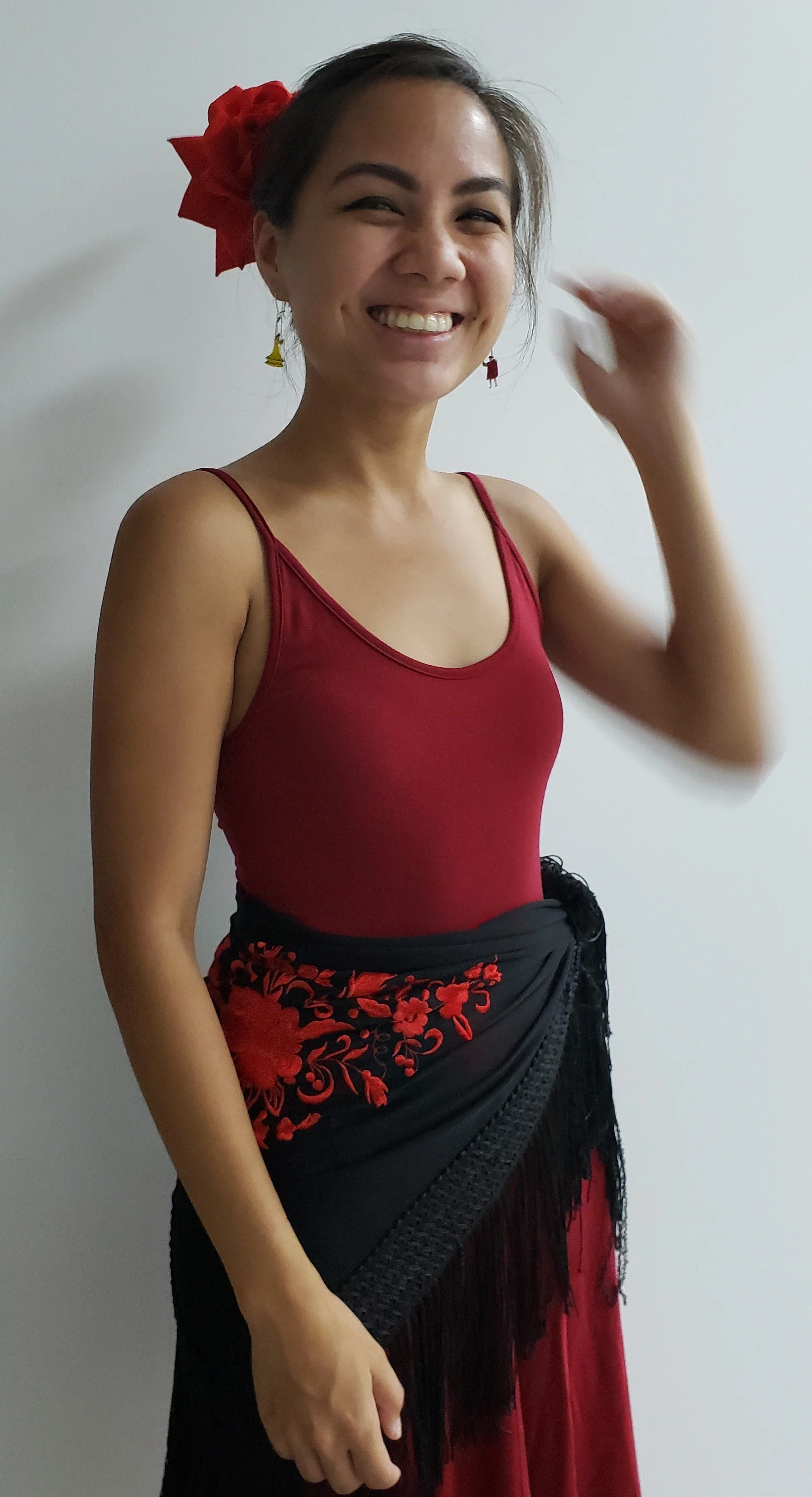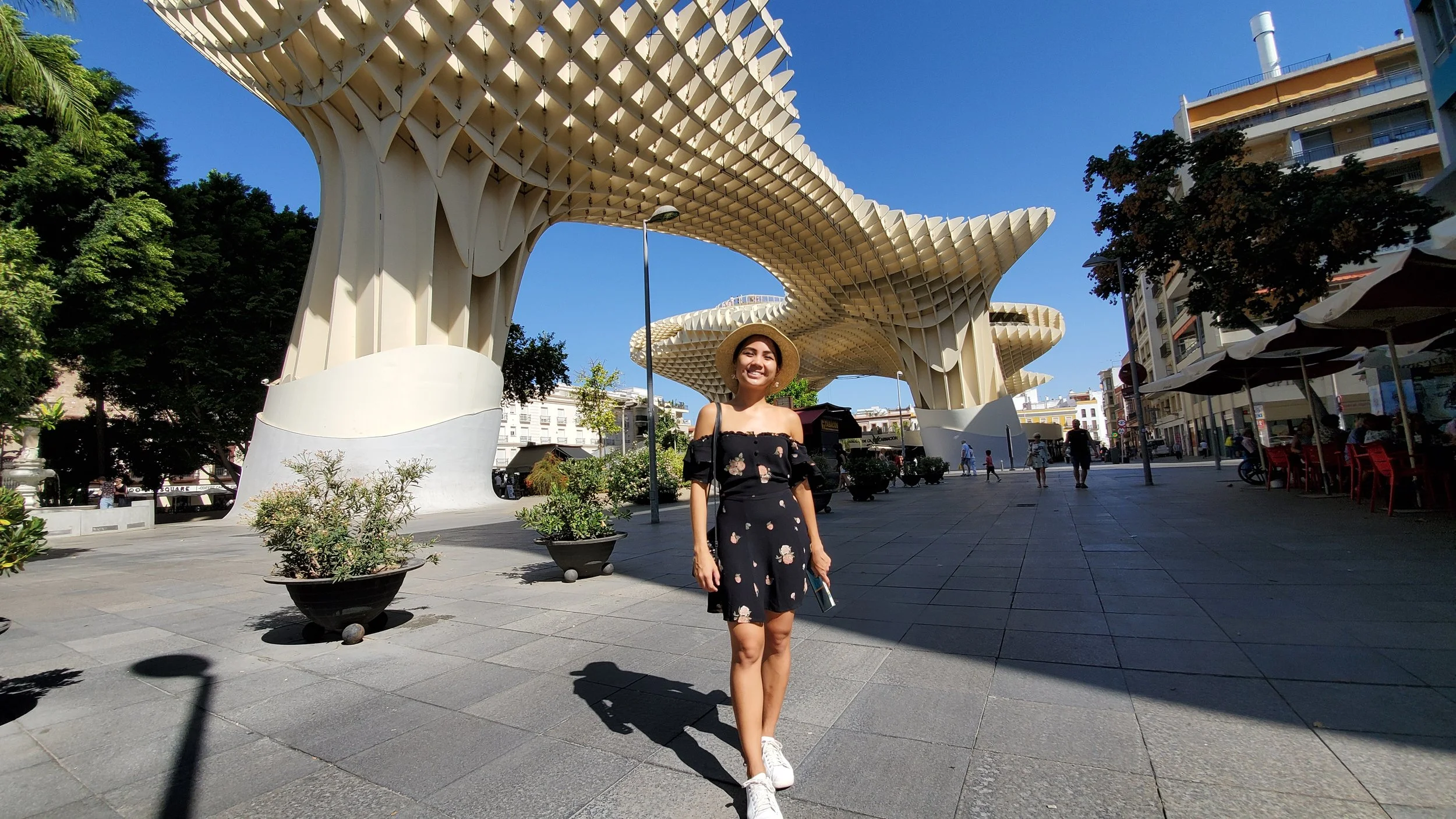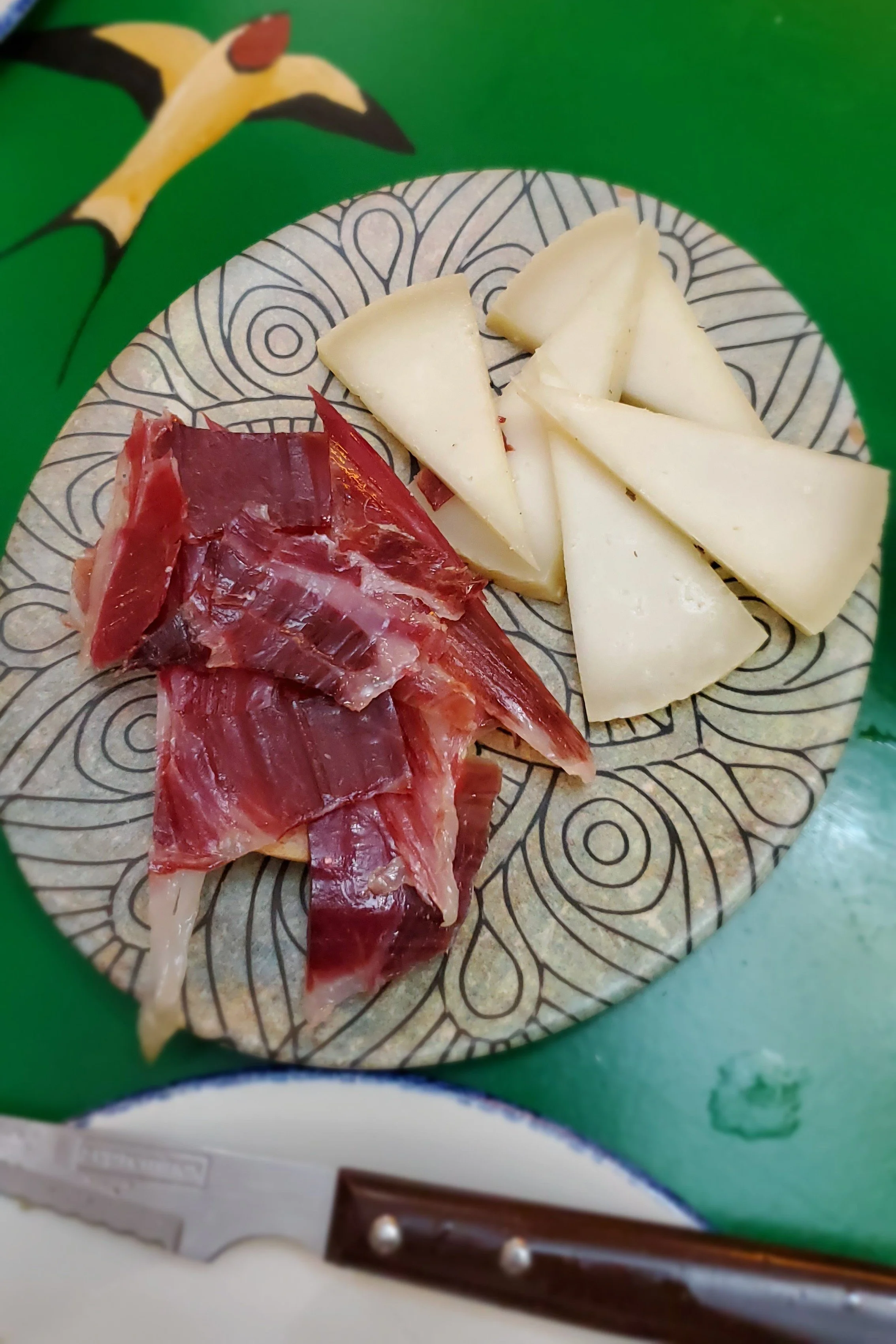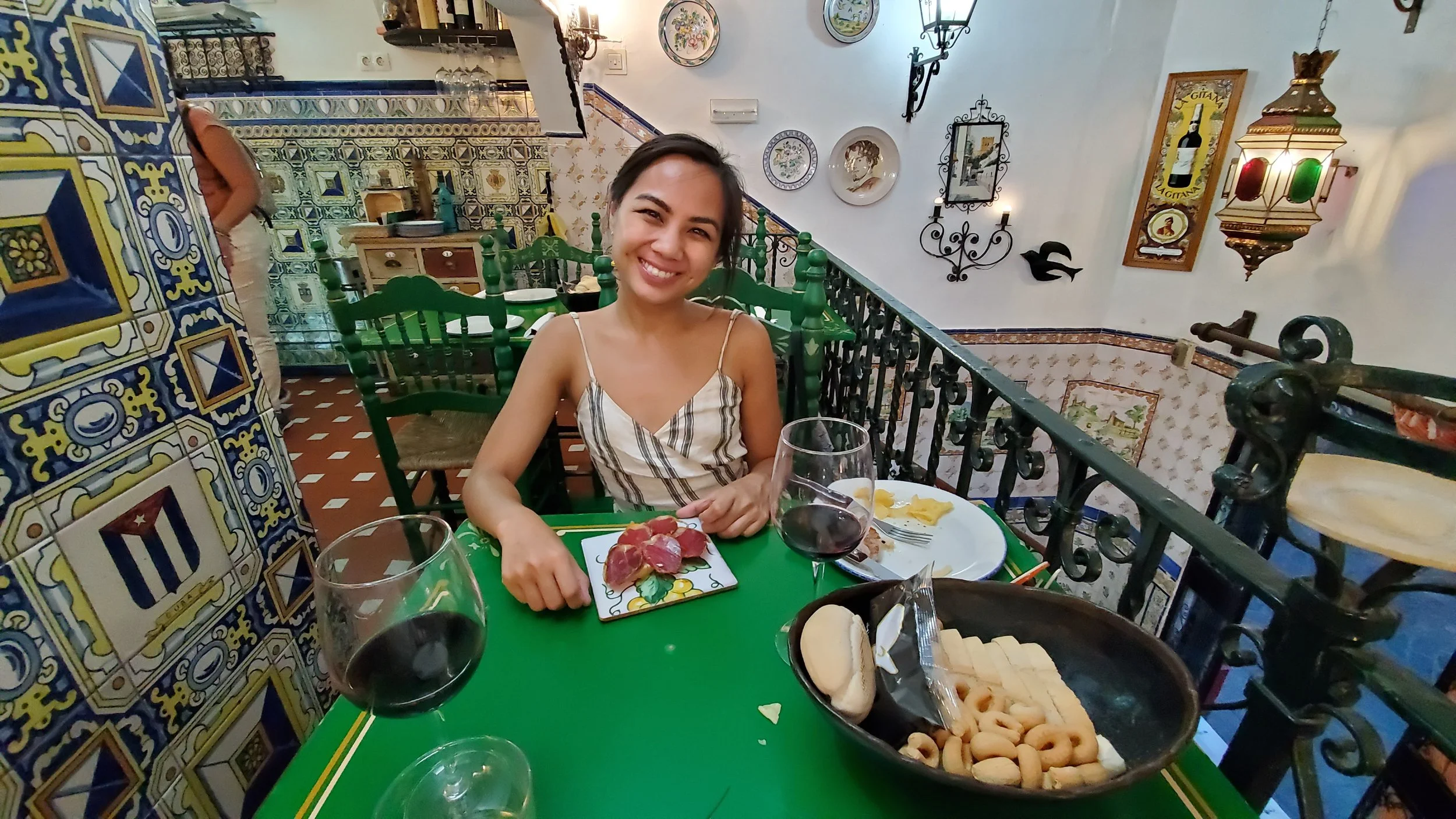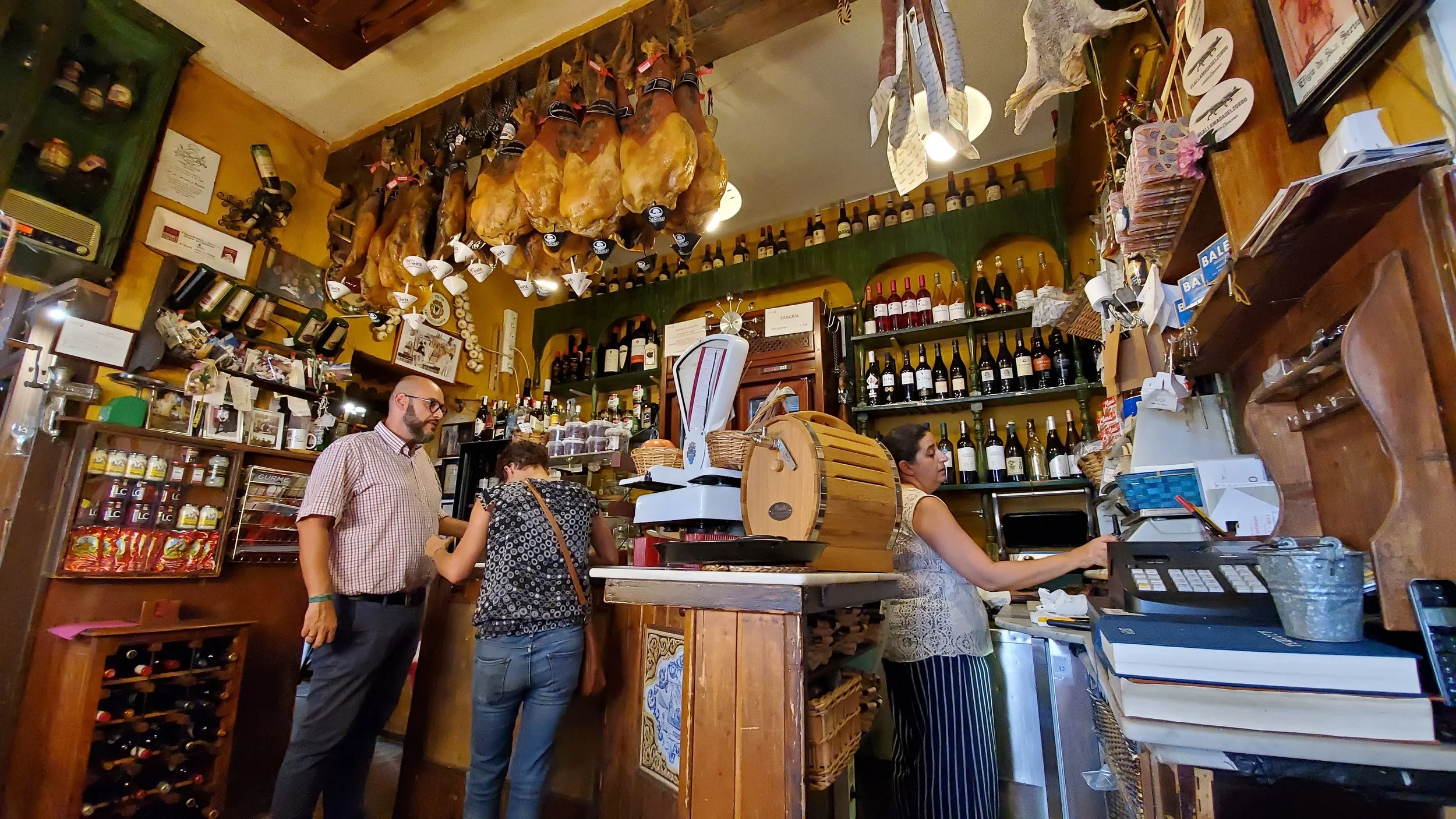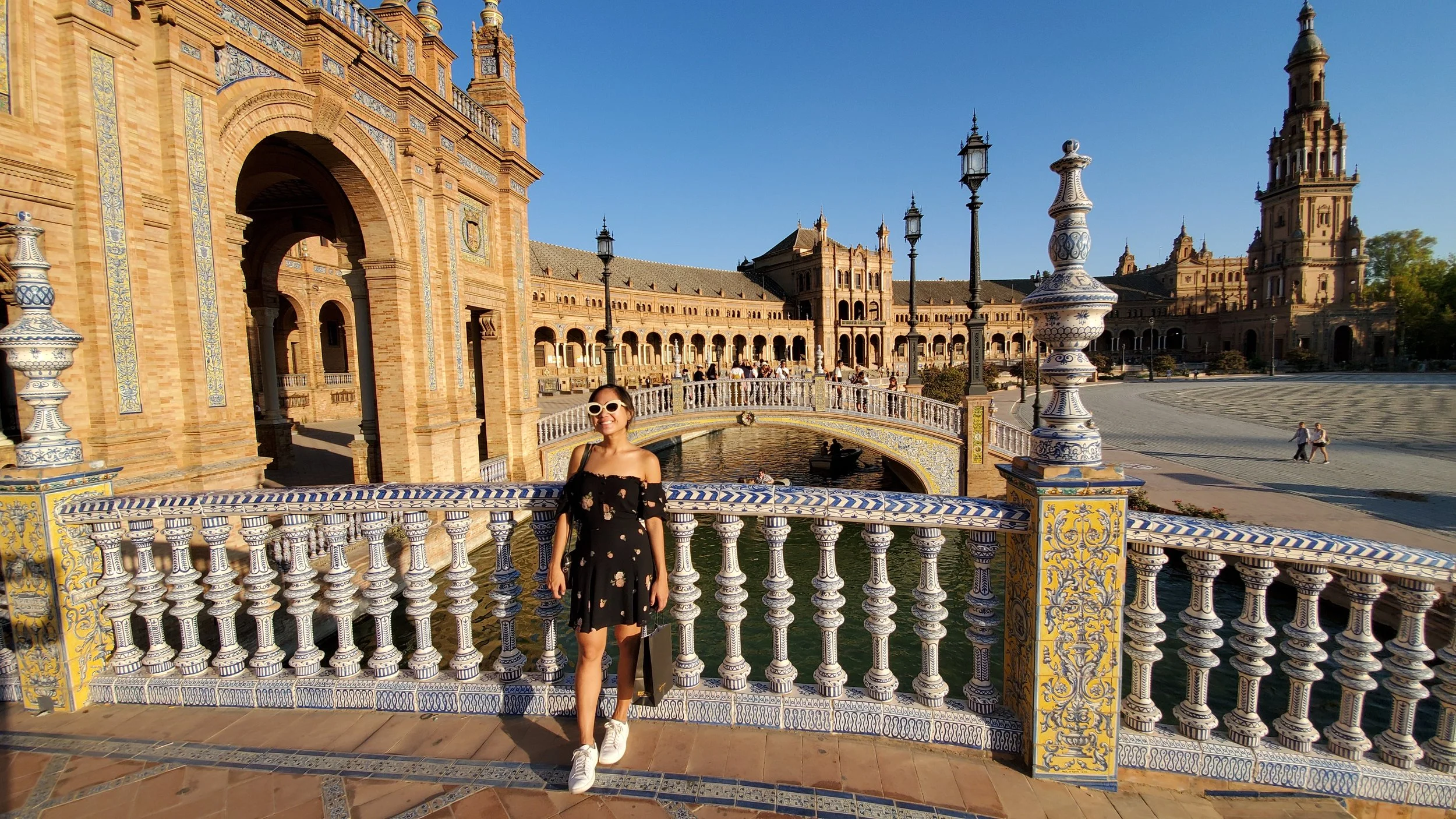Sevilla
I fell in love with Sevilla, the first city on my 2 weeks in Spain one summer. Andalucía has always seemed like a region I'd find fascinating (it's that blend of cultures that always gets me), but I didn't realize that flamboyant Sevilla would be the place I loved so much that it made me cry on my last day there.
Stay
I stayed at an Airbnb in the neighborhood of San Lorenzo, about a 12-minute walk from the touristy Barrio Santa Cruz district and surrounded by some of the best restaurants in town.
I loved wandering around charming Barrio Santo Cruz and entering any patio whose doors were left open for the public. In Andalucía, traditional homes have interior patios (much like Moroccan riads) and those who have decorated them extravagantly with flower pots and fountains like to show them off to the masses.
Do
The most stunning site in Sevilla is the Real Alcázar, a lavish 10th-century palace built for Moorish royalty and the oldest palace in Europe still in use. I'm not usually a fan of palaces, but the Mudejar design (mix of Islamic and Christian styles) found throughout is absolutely stunning. For example, the place's façade seems to be classic Islamic with scalloped arches and intricate stucco patterns, but there are also Christian elements, such as a coat of arms and depictions of animals. In the Courtyard of the Maidens, the first floor of the open-air courtyard has colorful ceramic tiles, coffered wooden ceilings, and intricate scalloped arches typical of the Islamic style, while the second floor has rounded arches and minimal decoration in Renaissance style. I could have spent an entire day at Real Alcázar.
I took a flamenco class, which is a must in Sevilla—the home of flamenco. I spent an hour and a half at a dance school called Maestdanza, learning about the fascinating history of flamenco (a result of the mix of cultures here, of course) and learning a pretty lengthy dance combination.
I visited Plaza de España and Metropol Parasol, two new sites that are almost comically flamboyant and, thus, extremely Sevillian. Plaza de España is a remnant of the failed 1929 international fair. It's like Las Vegas attempting Mudejar style. Meanwhile, Metropol Parasol was built just a few years ago. It's a giant undulating canopy of five waffle-patterned wooden structures that look like mushrooms. Locals still don't quite know what to make of it, but no one is arguing about the shade that the large canopy provides.
I also crossed the Guadalquivir River and roamed around Triana, the equivalent of Rome's Trastevere (formerly working-class neighborhood across the river with good food and a lot of character). I had my best meal of the trip in this neighborhood, and as I sat outside after dinner at 11pm—not an unusual time to eat dinner in Spain!—surrounded by locals, I teared up, realizing then how much I had fallen in love with Sevilla.
Eat
Every single meal I ate in Sevilla was incredible, which probably explains why this city is so dear to me. The best restaurants I tried were Las Golondrinas, Castizo, Bodega Dos de Mayo, and La Cata Ciega.
Sit at the bar and order a tinto de verano (a popular summer drink of red wine and spritz) or Sherry and share a few tapas. You will wonder why the rest of the world eats any other way.
Tips
Tips
Sevilla is sizzling. Literally. It's the hottest large city in Europe, and temperatures hovered in the high 90s each day we were there. However, it's a dry heat, and I prepared properly by wearing my lightest clothing, walking on the shady side of the road, and taking siestas during the hottest time of the day (4-6pm). In the end, it was doable and most definitely worth it.
Dine like a local and eat dinner no earlier than 8pm!
